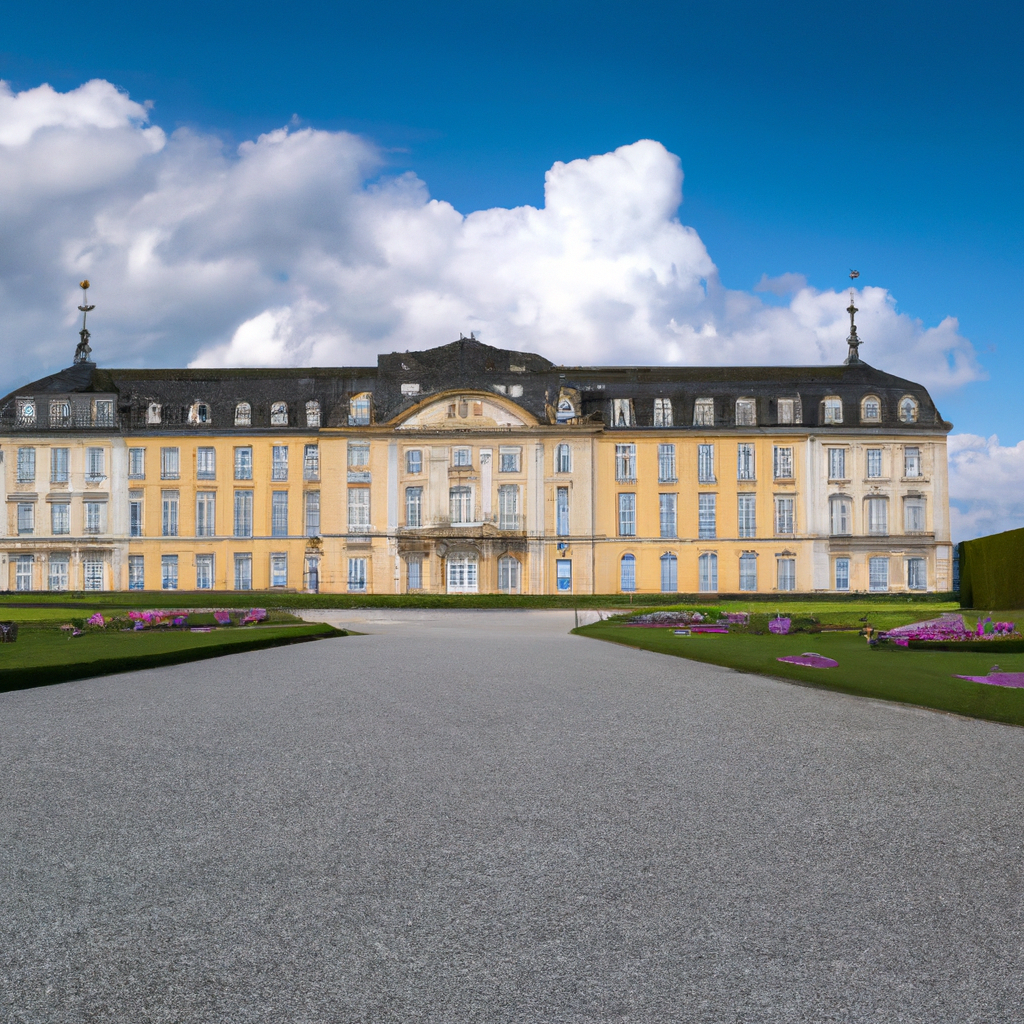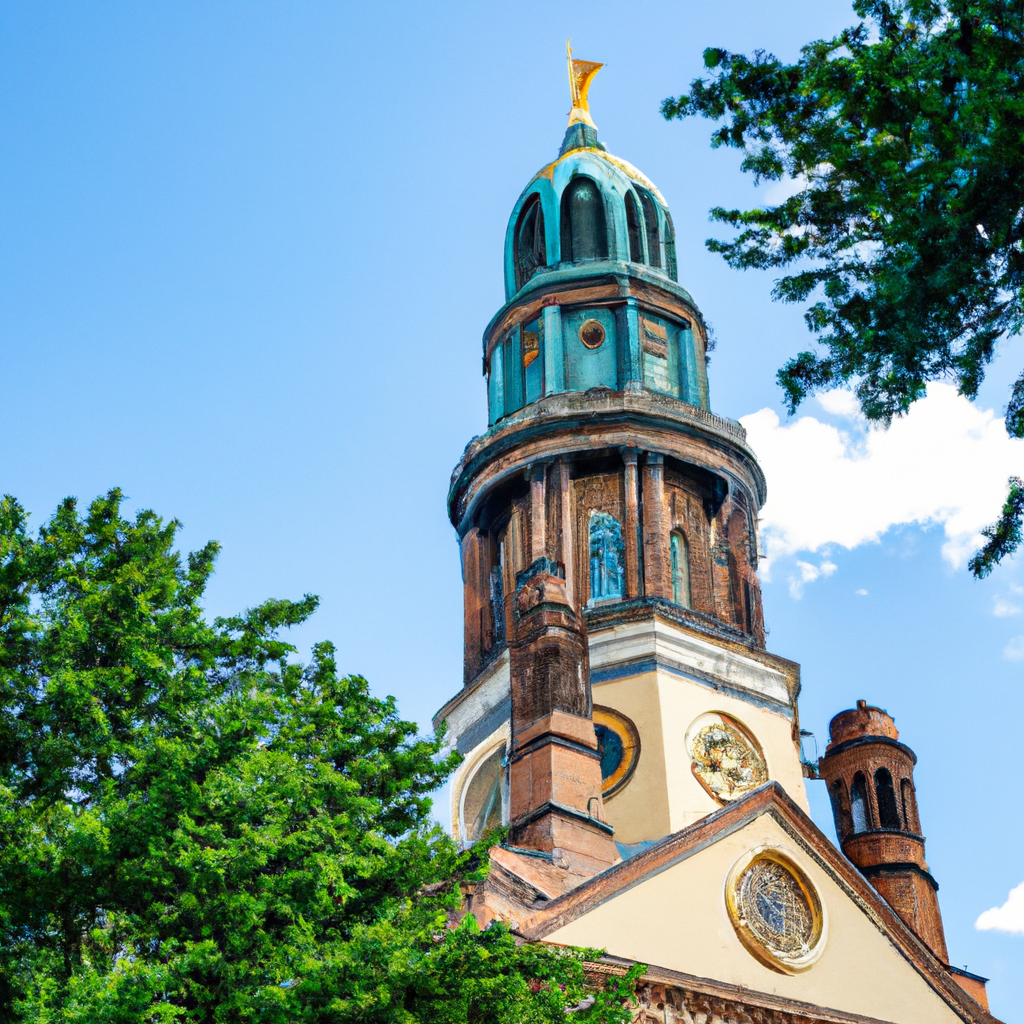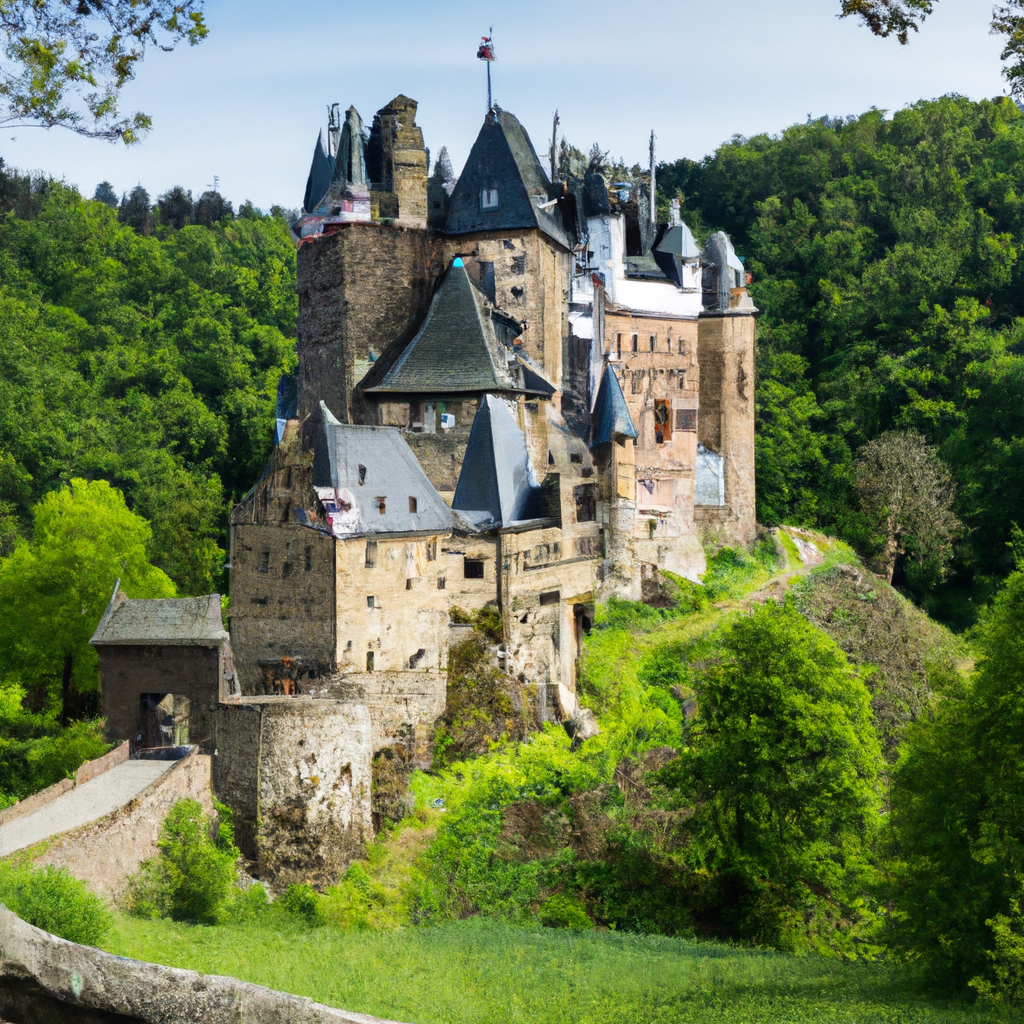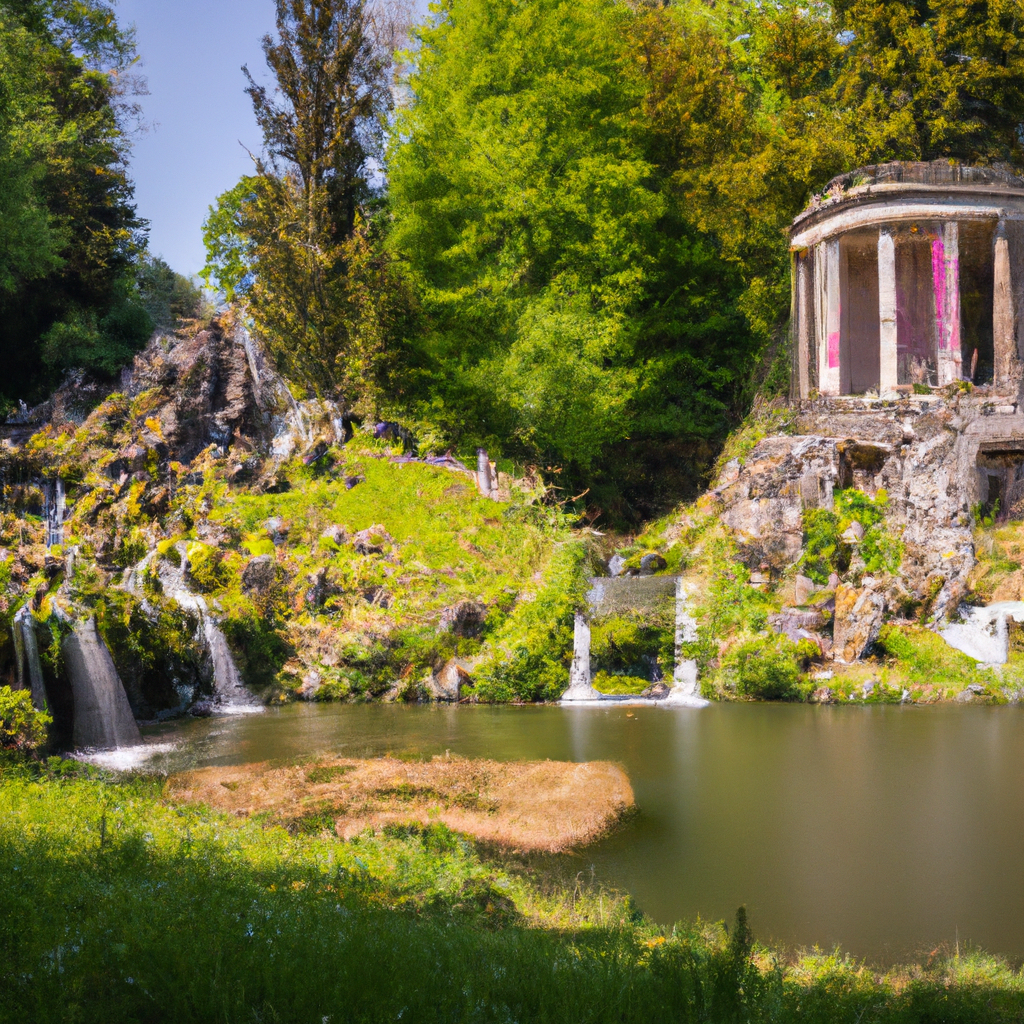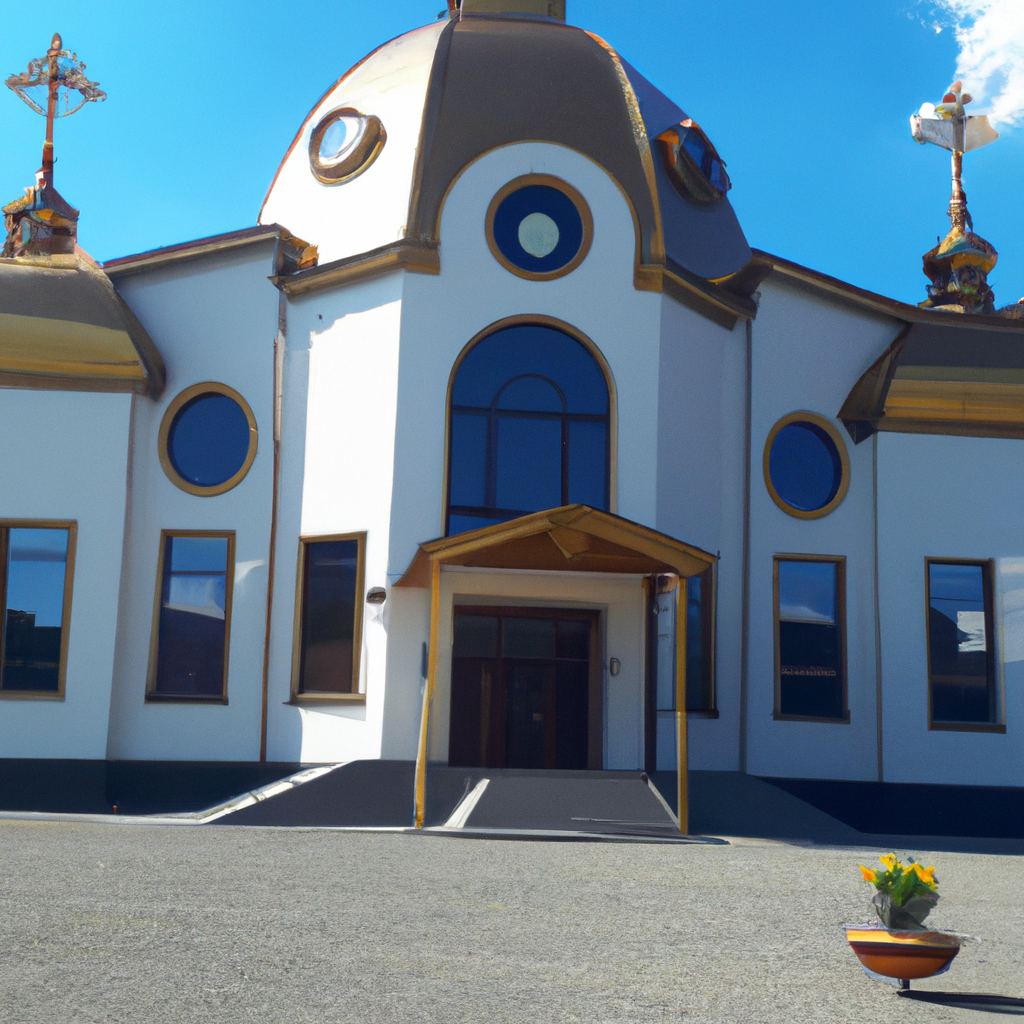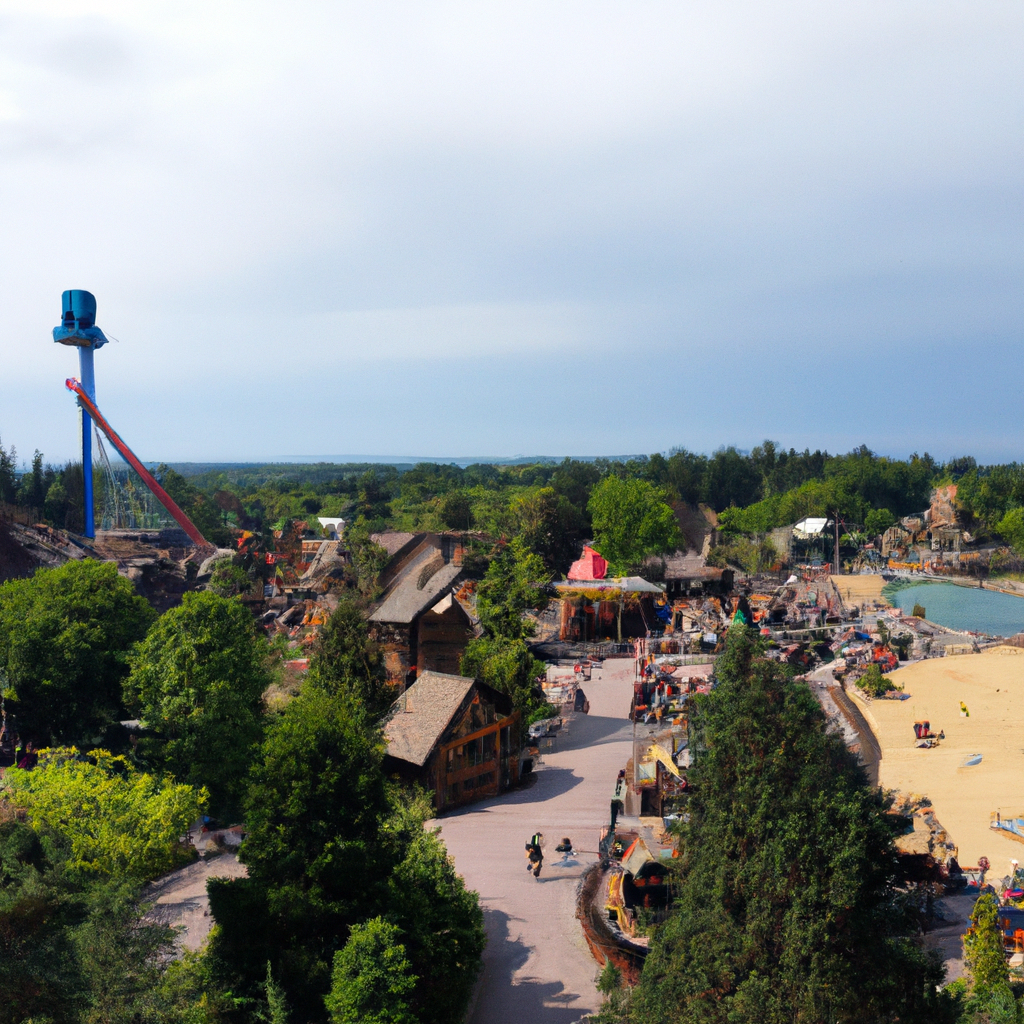Augustusburg Castle in Brühl In Germany: Overview,Prominent Features,History,Interesting facts
Overview:
is a Baroque palace complex located in the town of Brühl, Germany. Built in the mid-18th century, the castle is one of the most important examples of German Rococo architecture. The palace served as the residence and hunting lodge of the prince-electors of Cologne from 1725 to the mid-19th century and is now a museum. It is one of the most beautiful monuments in Germany
Prominent Features:
, the Augustusburg Castle in Brühl is a prominent feature. The castle is a famed example of Baroque, Rococo and Classicism architecture and is a UNESCO World Heritage Site. The famous elector of Cologne and archbishop-elector of the Holy Roman Empire, Clemens August of Bavaria, had the castle built starting in 1725. It was used as a summer residence and is now a museum and open to the public as a tourist attraction. The castle is renowned for its stately Great Staircase, the Marble Hall and the hunt room with antler decorations, the chapel, the so-called Turtle Fountain and the Electoral apartment. A large park and forest surround the castle, making it even more appealing for visitors. History Augustusburg Castle was commissioned by Clemens August of Bavaria, the elector of Cologne and archbishop-elector of the Holy Roman Empire, sometime around 1725. He wanted to build a luxurious summer residence, and chose the town of Brühl as its home. The castle is noted for its Baroque architecture which combined with aspects of the Rococo and Classicism styles. The castle was completed in 1764, after which it was occasionally visited by members of the Bavarian royal houses. In the early 20th century the castle's inhabitants opened it to the public as a tourist attraction. In 1984, it was granted UNESCO World Heritage Site status. Architecture Augustusburg Castle boasts a grand variety of architecture styles. From its Baroque main building, admirers of architecture can find features from classical, rococo, and the bourgeois styles. The castle features a courtyard and four towers, three of which belong to the main building. Inside the castle is the Marble Hall, which is a grand, ballroom-like room with a high window. Other highlights of Augustusburg’s architecture include the famous Great Staircase, the Electoral apartment, the Hunting Saloon, and the Gothic Chapel which is said to be as fine as any to be found elsewhere in Germany. Outside, visitors can enjoy the walkways and gardens of the park surrounding the castle. You can learn history, culture, and heritage through these magnificent monuments in Germany.
History:
Augustusburg Castle in Brühl, Germany is a Baroque masterpiece of architecture and one of the most important monuments to Renaissance and Baroque art and culture in Germany. Dating back to the 17th century, the castle was built for the Archbishop-Elector of Cologne at the time, Lothar Franz von Schönborn. The official dedication of the castle occurred on May 15th, 1725, when the Elector entertained other electors from the Rhineland. Surrounding the castle are lush gardens, complete with fountains, statuary, and pavilions. The grandeur of the castle is representative of the wealth of the House of Schönborn. The castle served as a secondary residence and administrative center for the Archbishop-Electors. Inside the castle, guests were welcomed by enormous halls and staircases, which were decorated with paintings, tapestries, porcelain, and gold and silver furniture. Augustusburg Castle isn’t only a reminder of the power and luxury of the German archbishops; it is also an important part of German history. Some of the most influential minds in Germany gathered in the castle to plan the wars of the past – Prussian King Frederick the Great, for instance, discussed tactics in the castle during the Seven Years' War with one of his officers. After the Prussian revolution, the castle fell into disrepair and was partially demolished. It wasn’t until the mid-1800s that the castle was renovated and restored to its former splendor, with the help of some of Germany’s most renowned craftsmen. The castle still stands today as a reminder of German history and art. Visit one of the famous monuments of Germany with your friends and family.
Interesting facts:
1. Construction of Augustusburg Castle started in 1560 and was completed in 1566. 2. It was commissioned by the Archbishop of Cologne at the time, Ernst of Bavaria. 3. The castle was designed in the French Renaissance style by the Italian architect, Vincenzo Scamozzi. 4. Augustusburg Castle is considered one of the most important examples of Fortified Renaissance architecture in Germany. 5. It was used by the Prussian Kings and Kaisers as a country residence. 6. It was also used by the Nasser family from 1939 to 1945, who entertained foreign dignitaries. 7. Part of the castle served as a hotel after World War II until 1949 and as a restaurant until 1957. 8. The castle is now owned by the city of Brühl, and is open to the public. 9. Augustusburg Castle is listed as an UNESCO World Heritage Site. One of the historical monuments of Germany, it tells the story of a bygone era
Explore Germany most popular tourist destination with us. Augustusburg Castle in Brühl In Germany: Overview,Prominent Features,History,Interesting facts,which is 35.14 km away from Germany main town, is the most popular destination to add in your travel wishlist.
-
City:
Germany
-
state:
North Rhine-Westphalia
-
country:
Germany
-
country code:
DE
-
postcode:
50226
Location:
North Rhine-Westphalia Germany
